Grow Broccoli from Seed and unlock the joy of harvesting your own delicious, nutrient-packed florets right from your backyard! Imagine biting into crisp, fresh broccoli that you nurtured from a tiny seed – the taste is simply unmatched. For centuries, broccoli has been a staple in Mediterranean diets, prized for its health benefits and versatility in the kitchen. From ancient Roman gardens to modern-day vegetable patches, this cruciferous vegetable has nourished generations.
But let’s be honest, heading to the grocery store for broccoli can be a bit of a letdown. The flavor often lacks that vibrant freshness, and you’re never quite sure how long it’s been sitting on the shelf. That’s where the magic of DIY comes in! I’m here to show you how surprisingly easy it is to grow broccoli from seed, even if you’re a complete beginner.
This isn’t just about saving money (though that’s a definite perk!). It’s about connecting with nature, understanding where your food comes from, and enjoying the satisfaction of creating something amazing with your own two hands. Plus, homegrown broccoli is packed with more nutrients because it hasn’t traveled miles to reach your plate. Ready to ditch the store-bought stuff and embark on a rewarding gardening adventure? Let’s get started!
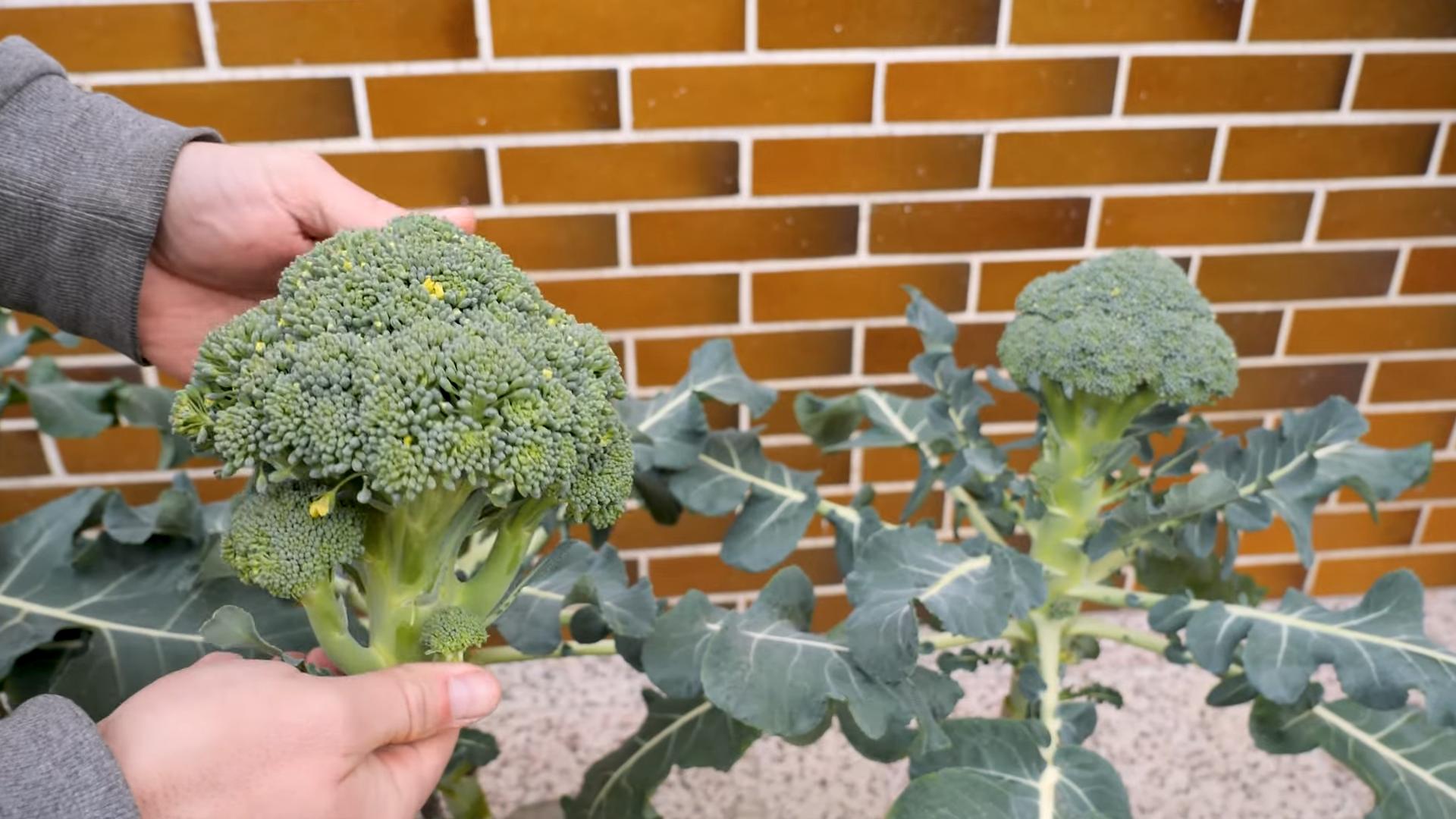
Growing Broccoli from Seed: A Complete DIY Guide
Hey there, fellow gardening enthusiasts! I’m so excited to share my tried-and-true method for growing broccoli from seed. It’s surprisingly easy and rewarding, and nothing beats the taste of homegrown broccoli. Let’s dive in!
Choosing Your Broccoli Variety
Before we get our hands dirty, let’s talk broccoli varieties. There are tons to choose from, each with its own unique characteristics. Here are a few popular options:
* ‘Waltham 29’: A classic, reliable variety known for its large, tight heads. It’s a great all-around choice.
* ‘DiCicco’: This variety produces a main head followed by numerous side shoots, giving you a longer harvest.
* ‘Green Magic’: An early-maturing hybrid that’s perfect for gardeners in cooler climates.
* ‘Romanesco’: If you’re feeling adventurous, try Romanesco broccoli. Its fractal head is stunning and the flavor is mild and nutty.
* ‘Purple Sprouting’: This type produces numerous purple shoots instead of a single head. It’s a beautiful and delicious addition to any garden.
Consider your climate, growing season length, and personal preferences when selecting your broccoli variety. I usually go with ‘Waltham 29’ because it’s a consistent producer, but I also love experimenting with different types each year.
When to Start Your Seeds
Timing is crucial for successful broccoli growing. Broccoli thrives in cool weather, so you’ll want to start your seeds indoors about 6-8 weeks before the last expected frost in your area. If you live in a warmer climate with mild winters, you can direct sow your seeds in late summer for a fall or winter harvest.
To figure out the best time to start your seeds, find the average last frost date for your region. You can usually find this information online or by contacting your local agricultural extension office.
Materials You’ll Need
Here’s a list of everything you’ll need to get started:
* Broccoli seeds (of course!)
* Seed starting trays or small pots
* Seed starting mix (a light, well-draining mix is essential)
* Watering can or spray bottle
* Grow lights (optional, but highly recommended)
* Heat mat (optional, but can speed up germination)
* Labels and a permanent marker
* Fertilizer (a balanced liquid fertilizer)
* Gardening gloves
* Trowel or small shovel
* Compost or well-rotted manure
Starting Your Seeds Indoors: Step-by-Step
Okay, let’s get to the fun part! Here’s how to start your broccoli seeds indoors:
1. Prepare Your Seed Starting Trays: Fill your seed starting trays or pots with seed starting mix. Gently tap the trays to settle the mix and remove any air pockets.
2. Sow Your Seeds: Make a small indentation (about 1/4 inch deep) in the center of each cell or pot. Place 2-3 broccoli seeds in each indentation. This increases the chances of at least one seed germinating.
3. Cover the Seeds: Gently cover the seeds with a thin layer of seed starting mix.
4. Water Thoroughly: Water the trays or pots gently using a watering can or spray bottle. You want the mix to be moist but not soggy.
5. Provide Warmth: Place the trays or pots on a heat mat (if using) or in a warm location. Broccoli seeds germinate best at temperatures between 65-75°F (18-24°C).
6. Cover with a Dome (Optional): Covering the trays with a humidity dome can help retain moisture and speed up germination. If you use a dome, be sure to remove it once the seeds start to sprout to prevent fungal diseases.
7. Provide Light: Once the seeds germinate (usually within 5-10 days), remove the heat mat and place the trays under grow lights. If you don’t have grow lights, place them in a sunny window, but be aware that the seedlings may become leggy (tall and spindly) if they don’t receive enough light.
8. Water Regularly: Keep the seed starting mix consistently moist, but avoid overwatering. Water when the top inch of the mix feels dry to the touch.
9. Thin the Seedlings: Once the seedlings have developed their first true leaves (the leaves that appear after the initial seed leaves), thin them to one seedling per cell or pot. Choose the strongest, healthiest-looking seedling and snip off the others at the soil line with scissors. Don’t pull them out, as this can disturb the roots of the remaining seedling.
10. Fertilize: Start fertilizing the seedlings with a diluted liquid fertilizer (follow the instructions on the fertilizer package) about once a week. This will help them grow strong and healthy.
Hardening Off Your Seedlings
Before you transplant your broccoli seedlings into the garden, you’ll need to “harden them off.” This process gradually acclimates the seedlings to outdoor conditions, preventing transplant shock.
1. Start a Week Before Transplanting: About a week before you plan to transplant your seedlings, start taking them outside for a few hours each day.
2. Gradually Increase Exposure: Begin by placing them in a sheltered location out of direct sunlight and wind. Gradually increase the amount of time they spend outdoors each day, and slowly expose them to more sunlight and wind.
3. Monitor the Seedlings: Keep an eye on your seedlings and bring them back inside if they show signs of stress, such as wilting or sunburn.
4. Water Regularly: Continu
Hey there, fellow gardening enthusiasts! I’m so excited to share my tried-and-true method for growing broccoli from seed. It’s surprisingly easy and rewarding, and nothing beats the taste of homegrown broccoli. Let’s dive in!
Choosing Your Broccoli Variety
Before we get our hands dirty, let’s talk broccoli varieties. There are tons to choose from, each with its own unique characteristics. Here are a few popular options:
* ‘Waltham 29’: A classic, reliable variety known for its large, tight heads. It’s a great all-around choice.
* ‘DiCicco’: This variety produces a main head followed by numerous side shoots, giving you a longer harvest.
* ‘Green Magic’: An early-maturing hybrid that’s perfect for gardeners in cooler climates.
* ‘Romanesco’: If you’re feeling adventurous, try Romanesco broccoli. Its fractal head is stunning and the flavor is mild and nutty.
* ‘Purple Sprouting’: This type produces numerous purple shoots instead of a single head. It’s a beautiful and delicious addition to any garden.
Consider your climate, growing season length, and personal preferences when selecting your broccoli variety. I usually go with ‘Waltham 29’ because it’s a consistent producer, but I also love experimenting with different types each year.
When to Start Your Seeds
Timing is crucial for successful broccoli growing. Broccoli thrives in cool weather, so you’ll want to start your seeds indoors about 6-8 weeks before the last expected frost in your area. If you live in a warmer climate with mild winters, you can direct sow your seeds in late summer for a fall or winter harvest.
To figure out the best time to start your seeds, find the average last frost date for your region. You can usually find this information online or by contacting your local agricultural extension office.
Materials You’ll Need
Here’s a list of everything you’ll need to get started:
* Broccoli seeds (of course!)
* Seed starting trays or small pots
* Seed starting mix (a light, well-draining mix is essential)
* Watering can or spray bottle
* Grow lights (optional, but highly recommended)
* Heat mat (optional, but can speed up germination)
* Labels and a permanent marker
* Fertilizer (a balanced liquid fertilizer)
* Gardening gloves
* Trowel or small shovel
* Compost or well-rotted manure
Starting Your Seeds Indoors: Step-by-Step
Okay, let’s get to the fun part! Here’s how to start your broccoli seeds indoors:
1. Prepare Your Seed Starting Trays: Fill your seed starting trays or pots with seed starting mix. Gently tap the trays to settle the mix and remove any air pockets.
2. Sow Your Seeds: Make a small indentation (about 1/4 inch deep) in the center of each cell or pot. Place 2-3 broccoli seeds in each indentation. This increases the chances of at least one seed germinating.
3. Cover the Seeds: Gently cover the seeds with a thin layer of seed starting mix.
4. Water Thoroughly: Water the trays or pots gently using a watering can or spray bottle. You want the mix to be moist but not soggy.
5. Provide Warmth: Place the trays or pots on a heat mat (if using) or in a warm location. Broccoli seeds germinate best at temperatures between 65-75°F (18-24°C).
6. Cover with a Dome (Optional): Covering the trays with a humidity dome can help retain moisture and speed up germination. If you use a dome, be sure to remove it once the seeds start to sprout to prevent fungal diseases.
7. Provide Light: Once the seeds germinate (usually within 5-10 days), remove the heat mat and place the trays under grow lights. If you don’t have grow lights, place them in a sunny window, but be aware that the seedlings may become leggy (tall and spindly) if they don’t receive enough light.
8. Water Regularly: Keep the seed starting mix consistently moist, but avoid overwatering. Water when the top inch of the mix feels dry to the touch.
9. Thin the Seedlings: Once the seedlings have developed their first true leaves (the leaves that appear after the initial seed leaves), thin them to one seedling per cell or pot. Choose the strongest, healthiest-looking seedling and snip off the others at the soil line with scissors. Don’t pull them out, as this can disturb the roots of the remaining seedling.
10. Fertilize: Start fertilizing the seedlings with a diluted liquid fertilizer (follow the instructions on the fertilizer package) about once a week. This will help them grow strong and healthy.
Hardening Off Your Seedlings
Before you transplant your broccoli seedlings into the garden, you’ll need to “harden them off.” This process gradually acclimates the seedlings to outdoor conditions, preventing transplant shock.
1. Start a Week Before Transplanting: About a week before you plan to transplant your seedlings, start taking them outside for a few hours each day.
2. Gradually Increase Exposure: Begin by placing them in a sheltered location out of direct sunlight and wind. Gradually increase the amount of time they spend outdoors each day, and slowly expose them to more sunlight and wind.
3. Monitor the Seedlings: Keep an eye on your seedlings and bring them back inside if they show signs of stress, such as wilting or sunburn.
4. Water Regularly: Continue to water the seedlings regularly during the hardening off process.
Transplanting Your Broccoli Seedlings
Now that your seedlings are hardened off, it’s time to transplant them into the garden!
1. Prepare the Garden Bed: Choose a location that receives at least 6 hours of sunlight per day. Broccoli prefers well-drained soil that is rich in organic matter. Amend the soil with compost or well-rotted manure before planting.
2. Space the Seedlings: Space the seedlings about 18-24 inches apart in rows that are 24-36 inches apart. This will give them enough room to grow and develop.
3. Dig the Holes: Dig holes that are slightly larger than the root balls of the seedlings.
4. Remove the Seedlings from the Trays: Gently remove the seedlings from the seed starting trays or pots. Be careful not to damage the roots.
5. Plant the Seedlings: Place the seedlings in the holes and backfill with soil. Gently firm the soil around the base of the plants.
6. Water Thoroughly: Water the seedlings thoroughly after planting.
7. Mulch: Apply a layer of mulch around the plants to help retain moisture, suppress weeds, and regulate soil temperature. Straw, wood chips, or shredded leaves are all good options.
Caring for Your Broccoli Plants
Once your broccoli plants are in the garden, here’s how to keep them happy and healthy:
* Water Regularly: Broccoli needs consistent moisture to thrive. Water deeply whenever the top inch of soil feels dry to the touch.
* Fertilize: Fertilize your broccoli plants every 2-3 weeks with a balanced liquid fertilizer.
* Weed Regularly: Keep the garden bed free of weeds, which can compete with your broccoli plants for nutrients and water.
* Pest Control: Broccoli is susceptible to several pests, including cabbage worms, aphids, and flea beetles. Inspect your plants regularly for signs of infestation and take action promptly. You can use organic pest control methods, such as insecticidal soap or neem oil, to control these pests. I also like to use row covers to protect my plants from pests.
* Disease Prevention: Broccoli can also be affected by diseases, such as black rot and clubroot. To prevent these diseases, choose disease-resistant varieties, practice crop rotation, and avoid overwatering.
Harvesting Your Broccoli
The moment you’ve been waiting for! Here’s how to harvest your broccoli:
1. Harvest When the Heads are Firm and Tight: Harvest your broccoli when the heads are firm, tight, and dark green. The individual florets should be tightly closed.
2. Cut the Main Head: Use a sharp knife to cut the main head from the plant, leaving several inches of stem.
3. Encourage Side Shoots: After you harvest the main head, the plant will produce side shoots. These smaller heads will continue to develop for several weeks, giving you a longer harvest.
4. Harvest Side Shoots Regularly: Harvest the side shoots when they are firm and tight, just like the main head.
Troubleshooting
Even with the best care, you might encounter some problems while growing broccoli. Here are a few common issues and how to address them:
*
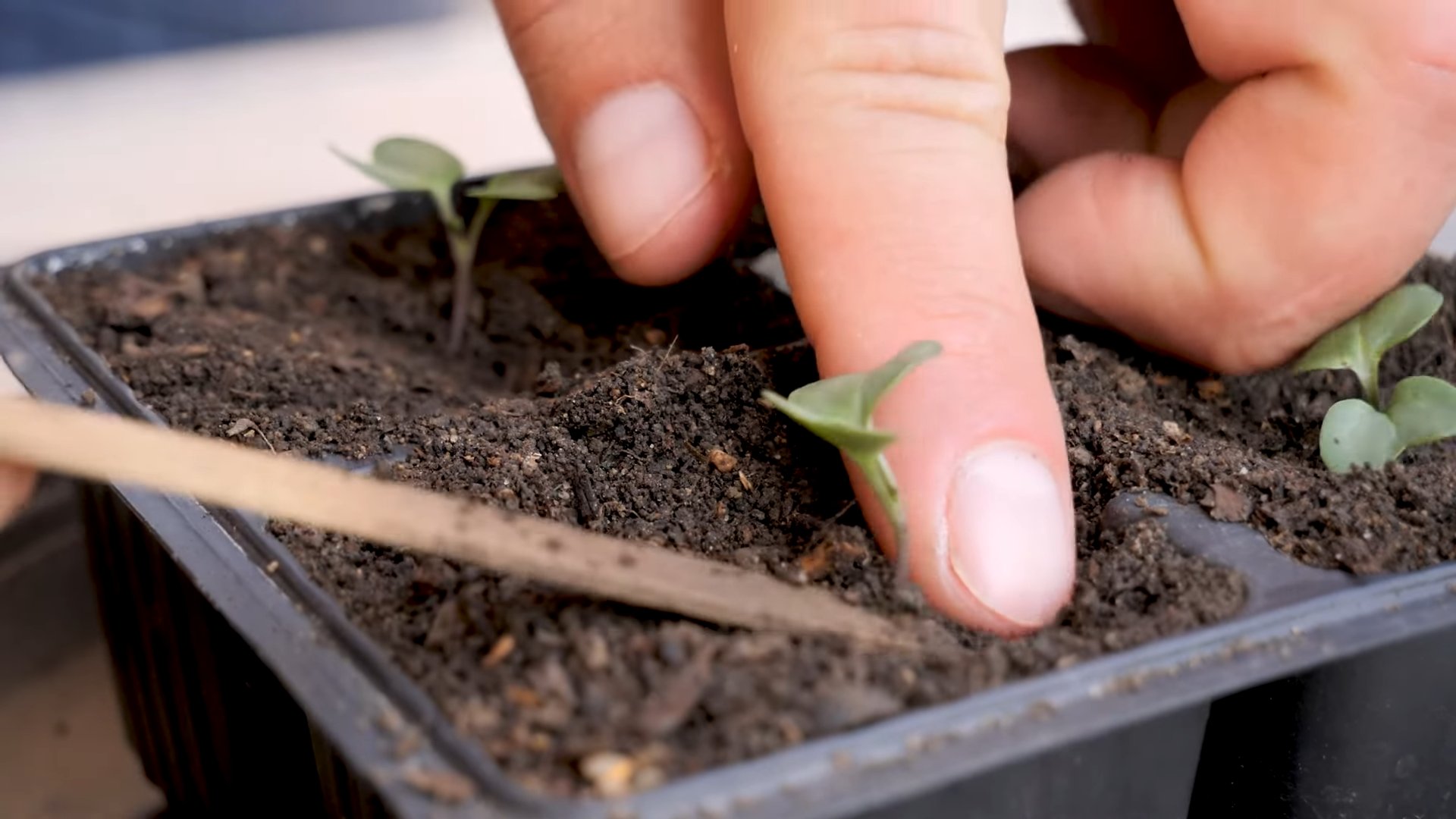
Conclusion
So, there you have it! Growing broccoli from seed might seem a little daunting at first, but as you’ve seen, it’s a remarkably rewarding process. Not only will you have the satisfaction of nurturing your own food from the very beginning, but you’ll also gain access to varieties of broccoli rarely found in supermarkets. Think vibrant purple sprouting broccoli, or the sweeter, more tender Romanesco – the possibilities are truly endless.
But why is this DIY trick a must-try? Beyond the sheer joy of gardening, growing your own broccoli offers unparalleled control over the quality of your produce. You know exactly what goes into your plants – no mystery pesticides or questionable fertilizers. You get fresh, organic broccoli bursting with flavor and nutrients, harvested at its peak ripeness. Plus, it’s significantly more cost-effective than buying broccoli from the store, especially if you plan on enjoying it regularly.
Consider these variations to personalize your broccoli-growing journey. Experiment with different broccoli varieties to discover your favorites. Try succession planting, sowing seeds every few weeks, to ensure a continuous harvest throughout the growing season. If you’re short on space, explore container gardening with dwarf broccoli varieties. You can even use companion planting techniques, pairing your broccoli with beneficial plants like marigolds or nasturtiums to deter pests and attract pollinators.
Don’t be afraid to get your hands dirty and embrace the learning process. There will be challenges along the way, but the rewards are well worth the effort. The taste of homegrown broccoli, steamed fresh from your garden, is simply incomparable. It’s a flavor that will make you appreciate the effort you put in and inspire you to continue growing your own food.
We wholeheartedly encourage you to try growing broccoli from seed. It’s an enriching experience that connects you to nature, provides you with healthy food, and empowers you to take control of your food supply. Once you’ve harvested your first head of homegrown broccoli, you’ll understand why we’re so passionate about this DIY project.
And most importantly, we want to hear about your experience! Share your successes, your challenges, and your tips in the comments below. Let’s build a community of broccoli growers and learn from each other. What varieties did you try? What challenges did you face, and how did you overcome them? Your insights could be invaluable to other aspiring gardeners. So, grab your seeds, prepare your soil, and get ready to embark on a delicious and rewarding adventure. Happy growing!
Frequently Asked Questions (FAQ)
Q: How long does it take to grow broccoli from seed?
A: The time it takes to grow broccoli from seed to harvest can vary depending on the variety and growing conditions, but generally, you can expect it to take anywhere from 70 to 100 days. Sprouting broccoli varieties tend to mature faster, while larger heading varieties may take longer. Starting seeds indoors can shorten the overall growing time, as you’ll be giving your plants a head start before transplanting them outdoors.
Q: What is the best time of year to plant broccoli seeds?
A: Broccoli is a cool-season crop, so the best time to plant broccoli seeds depends on your climate. In areas with mild winters, you can plant seeds in late summer or early fall for a winter or early spring harvest. In colder climates, start seeds indoors 6-8 weeks before the last expected frost and transplant them outdoors in early spring. You can also plant a second crop in late summer for a fall harvest. Avoid planting broccoli during the hottest months of the year, as high temperatures can cause bolting (premature flowering).
Q: What kind of soil does broccoli need?
A: Broccoli thrives in well-drained, fertile soil that is rich in organic matter. The ideal soil pH is between 6.0 and 7.0. Before planting, amend your soil with compost or well-rotted manure to improve its fertility and drainage. Broccoli is a heavy feeder, so it’s also beneficial to incorporate a slow-release fertilizer into the soil at planting time.
Q: How much sunlight does broccoli need?
A: Broccoli needs at least 6 hours of direct sunlight per day to grow properly. Choose a planting location that receives full sun for most of the day. If you’re growing broccoli in containers, make sure to place them in a sunny spot. Insufficient sunlight can result in leggy plants with small heads.
Q: How often should I water broccoli plants?
A: Broccoli plants need consistent moisture to thrive. Water deeply and regularly, especially during dry periods. Aim to keep the soil consistently moist but not waterlogged. Mulching around the plants can help retain moisture and suppress weeds. Check the soil moisture regularly and adjust your watering schedule accordingly.
Q: What are some common pests and diseases that affect broccoli?
A: Broccoli is susceptible to several pests and diseases, including cabbage worms, aphids, flea beetles, clubroot, and downy mildew. To prevent pest and disease problems, practice crop rotation, choose disease-resistant varieties, and inspect your plants regularly for signs of infestation or disease. Use row covers to protect young plants from pests. If necessary, use organic pesticides or fungicides to control pests and diseases.
Q: How do I know when my broccoli is ready to harvest?
A: Broccoli is ready to harvest when the head is firm and the florets are tightly closed. The size of the head will vary depending on the variety. Use a sharp knife to cut the head from the plant, leaving a few inches of stem. After harvesting the main head, some broccoli varieties will produce side shoots, which can be harvested later.
Q: Can I grow broccoli in containers?
A: Yes, you can grow broccoli in containers, especially dwarf varieties. Choose a large container that is at least 12 inches in diameter and 12 inches deep. Use a well-draining potting mix and provide regular watering and fertilization. Place the container in a sunny location that receives at least 6 hours of direct sunlight per day.
Q: What are some good companion plants for broccoli?
A: Companion planting can help deter pests, attract pollinators, and improve the overall health of your broccoli plants. Some good companion plants for broccoli include marigolds, nasturtiums, rosemary, thyme, onions, and garlic. Avoid planting broccoli near strawberries or tomatoes, as they can compete for nutrients.
Q: My broccoli plant is bolting (flowering prematurely). What should I do?
A: Bolting is often caused by stress, such as high temperatures or inconsistent watering. Once a broccoli plant bolts, the head will become loose and bitter. You can still harvest the head, but it won’t be as flavorful. To prevent bolting, choose heat-tolerant varieties, provide consistent watering, and protect your plants from extreme temperatures. If your plant bolts, you can let it flower and collect the seeds for future planting.

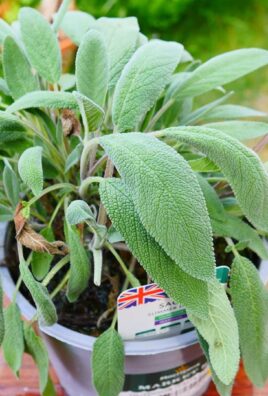
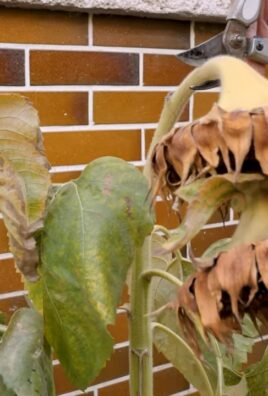
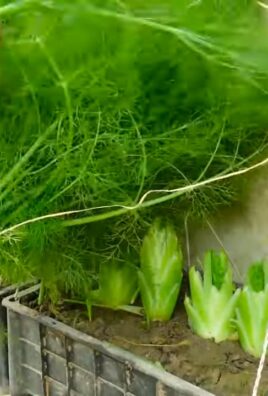
Leave a Comment